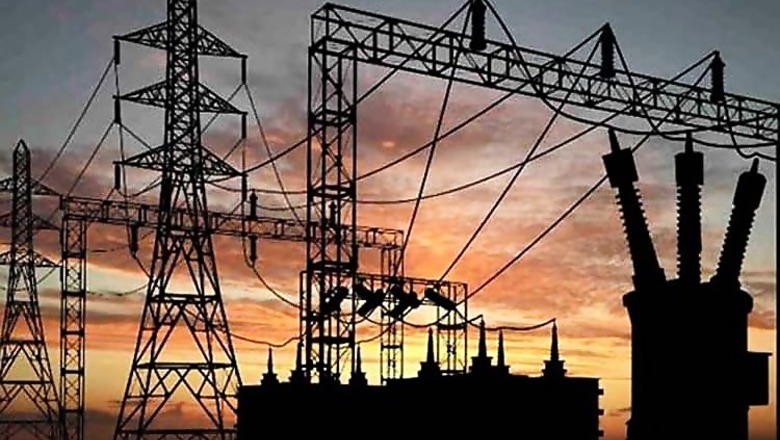
views
The Economic Survey, tabled in the Parliament on Friday, notes that sweeping changes have been made in the power sector in the last two years. Year 2014-15 witnessed the highest ever increase in generation capacity of 26.5 GW compared to the average annual addition of around 19 GW over the past five years.
Capacity enhancements have brought down the peak electricity defecit to its lowest ever level of 2.4%. Central and state governments have come together to address problems related to the health of distribution companies and the debt overhang problem via the Ujwal DISCOM Assurance Yojna (UDAY).
The Survey states that renewable energy targets have been revised from 32 GW to 175 GW to give a policy push to the renewable sector and sustainable development. Grid parity for solar generation is on its way to becoming a reality with auctions under the National Solar Mission resulting in all time low tariff of Rs. 4.34 per KWh.
The Survey points out that the complexity of the tariff structure because of different tarriffs for different sectors prevents economic actors from responding sufficiently to price signals. Simplification in tariffs may improve transparency and yield consumption and collection efficiency along with governance benefits.
Further, the Survey states that the debt overhang of discoms has traditionally been a major bottleneck for the power sector. The States with highest losses are those where tariffs fail to cover the costs of electricity supply. Several states are now attempting to close this gap under the UDAY scheme.
Power sector’s impact on ‘Make in India’
The Economic Survey notes that the electricity supply and its quality impacts industrial outpout. The electricity tariffs are unusually high for Indian industry, especially when quality is taken into account. The use of diesel generators in on the rise to protect against uneven power supply with total capacity around 72 GW and growing at the rate of 5 GW per year. High tariffs and erratic supply have led to a slow but steady decline in the growth of industrial electricity purchases from utilities and a gradual transition towards captive generation.
The compund annual growth rate (CAGR) of captive power generation between 2006-07 and 2014-15 is 9.3% compared to 4.6% for electricity procured from utilities. This could be exacerbated in the coming years as decline in oil prices and costs of renewable energy alternatives may prompt a further shift to captive power.
Need of making India “One Market in Power” – Providing ‘Open Access’
The Survey states that steps have been taken towards ”Making One India” in the power sector. The Open Access (OA) policy introduced under the Electricity Act 2003, which allows consumers with electricity load above 1 MW to procure electricity directly from electricity markets was the first step towards discovering a single market price for power around the country.
Power Exchanges were set up in 2008 to operationalize the OA policy and create a national electricity market where price discovery occurs through competitive bidding. Increases in cross subsidy and additional surcharges for purchasing electricity from power exchanges, have acted as significant barriers, though they are key to balancing DISCOMS.
The power generation capacity has increased while the financial ability of discoms to purchase electricity has diminished. This has resulted in current power plant load factors reaching their lowest mark at around 60% as The Survey notes that the time is ripe to allow industries with higher power demands to absorb excess generation capacity through “Open Access” to energize “Make in India”.
Progressivity in tariff rates to reduce burden on the poor
The Economic Survey says that India’s domestic power tariff schedules have greater scope for progressivity. It discusses the need to balance greater revenue collection with greater welfare allocations. It suggests that the tariffs for the poor can be reduced while covering costs and without unduly burdening those better off.
Cross-subsidization will occur within the residential consumers itself – i.e. rich consumers with high consumption intensity within the residential sectors subsidise prices for consumers with lower consumption due to differential demand price elasticities.
















Comments
0 comment